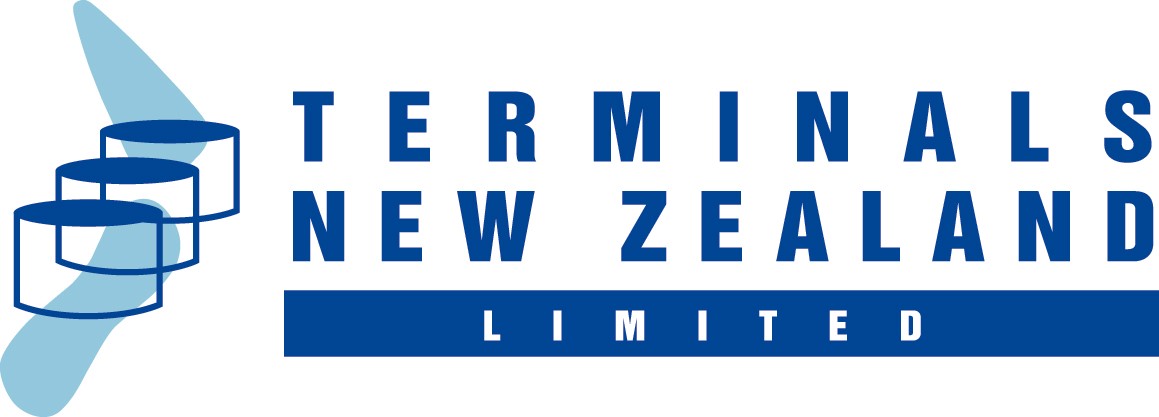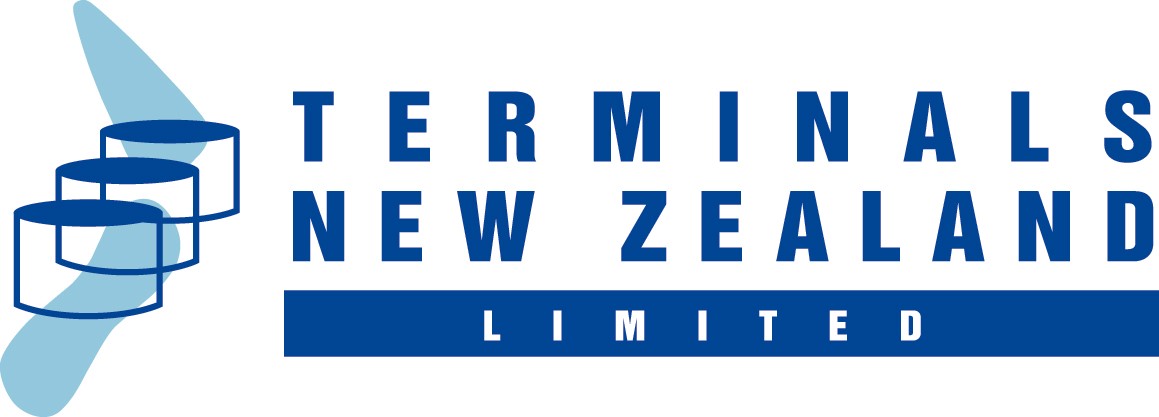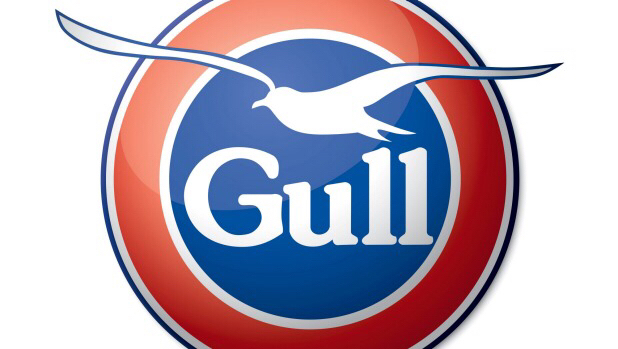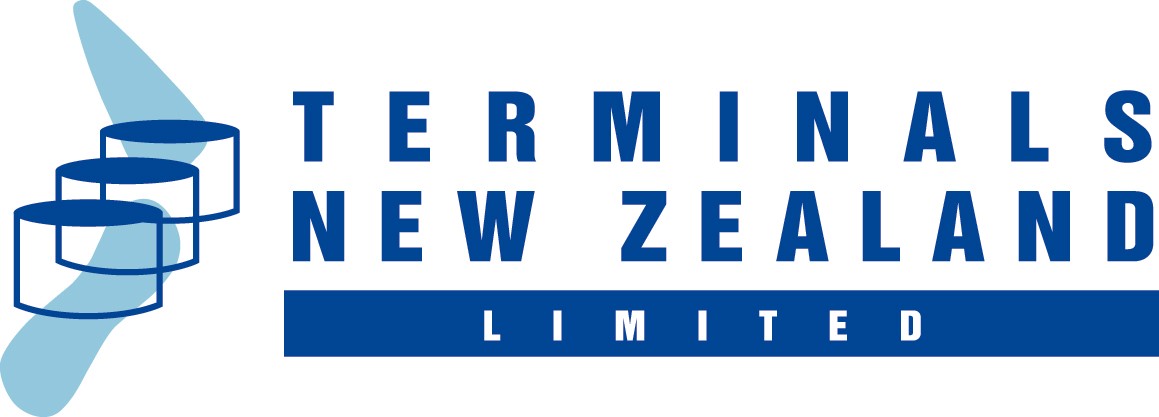Title Page
-
Conducted on
-
Name of TNZ assessor
-
Name of SGS Operator
Before audit is carried out ensure you have received the appropriate training records from SGS. Operator must have the following certs and training as a minimum: Sling & rigging cert, IPL product testing cert, first aid, fire extinguisher training and must have attended at least one Industry Spill Exercise. SGS Training matrix must be signed as competent in the following tasks: Flange and hose connection, hose draining, isolation management, TNZ pig launching, emergency response for tankers at the wharf, wharf attendant, international hand signals, and static safety. If the operator fails any of the mandatory questions it is a fail. If the operator fails on more than 2 of the questions that is also a fail and he/she will require further training.
-
Has the operator received training in all of the above areas?
Pre checks, connection and start of discharge section:
-
Has the operator got all of the relevant shipping documentation and equipment, e.g shipping plan, testing equipment, gaskets, radios, wharf attendant?
-
Has the operator completed the pre checks checklist?
-
Ask the operator who's responsibility is it to confirm the scuppers are in place before hose connection to wharf?
-
Does the operator have the correct PPE on including hard hat and PFD?
-
Is the operator familiar with the emergency stop procedure? Ask the operator what he/she would do if the high level alarm activated, or what would he/she do if they found a leak from the manifold/hoses?
-
Do they know where the TNZ ERP is kept?
-
Ask the operator what would they do if they found a minor deformation on the hose before discharge?
-
Can the operator confidently drain manifold and install the pig as per procedure 13.70.09 Install pig in launcher (Wharf)?
-
Does the operator demonstrate good radio etiquette?
-
Did the operator liaise with the P.O.T linesman and park the vessel in the correct spot so all manifolds are accessible?
-
Was the lifting of the hose to manifold a smooth transition, did he demonstrate good communication and control of the lift via dogman signal?
-
Can the operator confidently connect the hose to the manifold and ship as per the 13.70.10 Hose Pump Out & Disconnect Wharf Hose From Ship?
-
Does the operator have the correct approval and documentation before commencing discharge, e.g surveyors have completed sampling and figures, samples have passed quality testing, and terminal is ready to receive?
-
Ask operator what does the surveyor provide you with before you can commence discharge?
-
Ask operator if there is a manifold that is not blanked but the Chief Officer says its ok to start what should you do?
-
Has the testing equipment been checked and is in good working order?
-
Ask the operator what pressure do you launch the pig?
-
Did the operator launch the pig and start the discharge as per the 13.70.09 Launch Pig (Wharf) procedure?
-
Did the pressure remain at 2 bar throughout the pigging process and was this monitored closely by the operator?
-
If the vessel asks if they can test some equipment onboard the vessel what are the correct steps to follow before they can start?
-
Ask the operator who's permission should be given for a vehicle to enter the tanker berth during discharge?
-
Ask operator if the ship asks if they can use the ships crane to lift provisions onto the deck what should you do?
-
Ask the operator what are the maximum wind speeds permisable before action must be taken for stop discharge and disconnection?
-
Does the operator understand how to obtain the current wind speeds?
-
Ask the operator what they would do if a diesel sample was to flash upon testing?
-
Ask the operator what are the acceptable density parameters for AGO, 95, 98 and 91?
-
Ask the operator how often should the line patrols be done and is there any other reason you might conduct another line patrol?
Disconnection and post discharge section:
-
Ask the operator what do you need to confirm before you begin any of the draining and disconnection procedures?
-
Can the operator confidently complete the pump out and disconnection of the hose as per 13.70.10 Hose pump out & disconnect wharf hose from ship procedure?
-
Does the operator instruct the wharf attendant to perform tasks during the disconnection process to ensure the disconnection goes smoothly?
-
Did the hose get lowered to the berth without excessive bending of the hose?
-
Did the hose get lowered to the berth in a safe manner e.g no one walking underneath the hose, slings are mounted correctly?
-
Was the hose disconnected from the manifold and stored correctly, e.g in the right area, with all hose trolleys in the correct spots?
-
Was all other equipment stored away e.g tools, air hose, slings etc?
-
Is all of the documentation in order, post checklists, time log, discharge quantity log etc?
-
Ask the operator if there were any issues during the discharge? If so how did they react to that issue?
-
Is there anything the operator believes he or she could have done better?
-
Is there anything the operator believes we as a Terminal could do better?
Comments section:
-
Did the operator pass the assessment? Is there anything the operator needs more training in?
-










